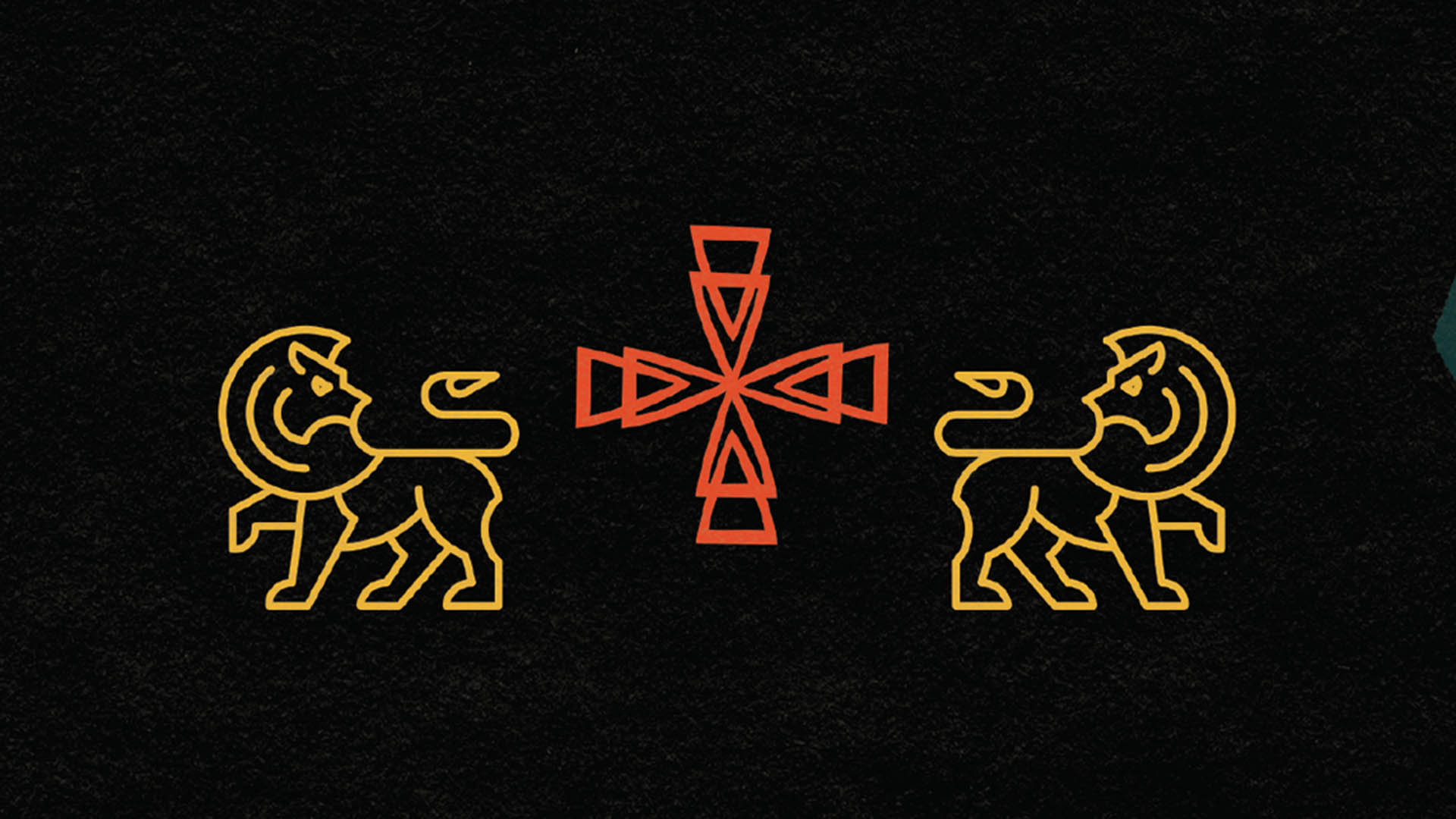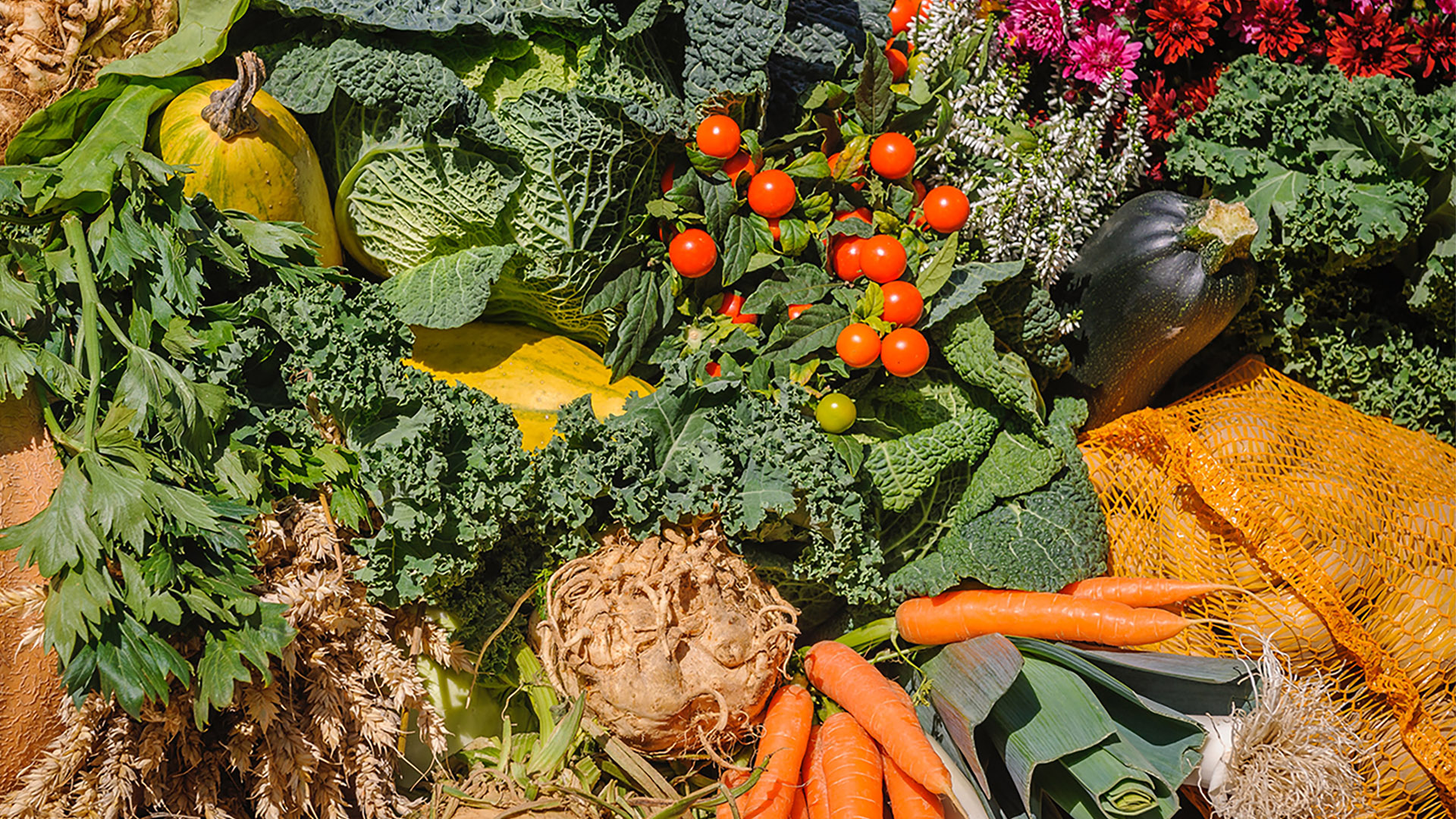Throughout the history of the church, Christians have told the story of Christ’s death and resurrection through the breaking of bread. While the type of bread used in Communion has been contested (Should it be leavened or unleavened? Must it be made of wheat?), the belief that the element must be recognized as bread has held steady. But the significance of bread goes beyond church walls; it has also been the primary food in the diet of most humans throughout history. Bread is magnificent in both its mundane nature and its absolute necessity.
At the cusp of the 20th century, new technology emerged in the United States that promised to transform the process of baking bread. As Aaron Bobrow-Strain notes in White Bread: A Social History of the Store-Bought Loaf, for generations, bread making had been the purview of home cooks, made through unstandardized techniques passed down from generation to generation. But through the concerted effort of marketers and business owners, bread became the domain of professional bakeries that operated with scientific precision.
Until that point, middle-class American consumers had been wary of bread sold in bakeries and stores, where they feared the loaves might be filled with sawdust or chalk to stretch the flour further. Whether or not these fears were warranted, they were amplified during the turn of the century, as changing racial and class demographics threatened to upset the white middle-class status quo.
Thanks to a growing awareness of bacteria — and a pandemic that spread rapidly in urban areas — white consumers masked their fear of change behind a fear of contagion, a convenient shield against immigrants, whom they perceived as dirty and poor. Since most bakeries were run by immigrants, many white consumers decided the only way to ensure a safe diet was to bake bread oneself, at home, Bobrow-Strain writes.
With the invention of industrial baking equipment, commercial bakeries were able to exponentially increase the amount of bread that could be produced in a day. Unlike homemade bread, which was subject to the whims of yeast and the weather, these commercial loaves were soft, uniform, sliced, and white. After taming the living organisms that turn flour into bread, these mechanized bakeries could produce a loaf never touched by human hands.
To convince housewives to let go of the practice of making homemade bread, commercial bakers preyed on their anxieties, advertising the whiteness, cleanliness, and purity of their loaves. They sanitized wild microbes and yeasts to promise consumers a safe, clean loaf.
In reality, the chemical reactions that allow for a bleached-white bread degrade the texture of dough, limit the nutritional value, and hinder the development of flavor. As scientists have discovered in the years since these mass-marketed loaves flooded our grocery aisles, the process impacts the digestibility of bread as well. This “Wonder Bread” offered uniformity and the illusion of safety, while transforming consumers’ expectations of what bread should be.
Fears of contamination proliferated in sacramental practice as well. Until the discovery of germ theory, Christians of all traditions practiced Communion using a common cup and, for many, a common loaf. Although Catholic, Orthodox, and Protestant Christians clung to different convictions about how the element ought to be prepared and received, they were united in their use of a shared chalice, Daniel Sack points out in Whitebread Protestants: Food and Religion in American Culture. With increasing scientific understanding about the spread of disease came pressure for clergy to reform these liturgical norms, whether by restricting the cup to the clergy alone, as Catholics had done for centuries, or by offering individual portions to church members in small plastic cups.
Some pastors and congregants kept the dialogue limited to matters of hygiene, but others voiced their anxieties over mingling germs with those labeled as social outcasts. “Physical and moral uncleanliness are unseparable,” stated Religious Telescope, a newspaper of the United Brethren, in 1895. “The first steps on the ladder of moral purity are clean faces, clean bodies, clean clothes, clean food.”
The diversity of the church, they believed, constituted an inherent danger — “a rich opportunity for transmitting disease,” Sack writes. Looking to defend their fears theologically, some pastors argued that Communion is less about the relationship of an individual to the corporate body and more about the relationship between an individual and God.
Others, Sack writes, feared that a focus on sanitation as the mode of purity in the church would turn worshipers away from the communion of believers and create class and racial divisions within the church. “The Holy Communion is ordained to symbolize the union of the believer with Christ, and the union of all believers in One Body,” argued one of the staunchest advocates for maintaining the common cup, J.M. Buckley, in the Christian Advocate in 1895.
Nevertheless, the individualized Communion practice took root in many Protestant churches. “It’s more important that you do it than how you do it,” said Jim Johnson, the pastor who designed the prepackaged portions of my first Communion, a century after the arguments about individual Communion began.
Over the latter half of the 20th century, evangelical churches continued to emphasize a shift in focus from corporate and corporal worship to that of an individual, spiritual experience of God. The content of sermons and songs, and their application to the Christian’s life, took precedence over the rhythms and liturgies that once guided communities of faith. Biblical literacy took precedence over church history, revealing a focus on individual salvation over and above communal worship.
God meets us in the baking and breaking of bread. In the same way, God communes with us through the broken but beautiful rhythms of the church — despite the church’s bickering and division, despite the pain it inflicts. God is present with us in tangible ways in our hunger and our loneliness, our hurts, and our longings — especially in the form of bread, broken and shared among God’s people. In this sharing, we are taught to hunger all the more for the fullness of healing yet to come.
“One does not live by bread alone,” Jesus said to the tempter in the desert, “but by every word that comes forth from the mouth of God” (Matt 4:4, NAB).
Jesus himself is both the Bread of Life and the Word who was with God in the beginning. He is the Word that proceeds from the mouth of God, as well as the Bread we place in our own mouths. We can know God on our tongues and in our bellies when hunger and loneliness and disappointment are too deep for words.
The beauty of this communion with God can’t be adequately captured in theological terms. It resists being pinned down by words at all, though story, poetry, and recipe get us closer. The very point of God meeting us in this way is to remind us that the materiality of our lives and of God’s world matters. The Bread of Life is not just a metaphor for spiritual truth: When we bake bread and break bread, both individually and in community, we know God in a rich, creative, and intimate way.
Adapted from By Bread Alone: A Baker’s Reflections on Hunger, Longing, and the Goodness of God by Kendall Vanderslice. Copyright © 2023. Used by permission of Tyndale House Publishers, a Division of Tyndale House Ministries. All rights reserved.





